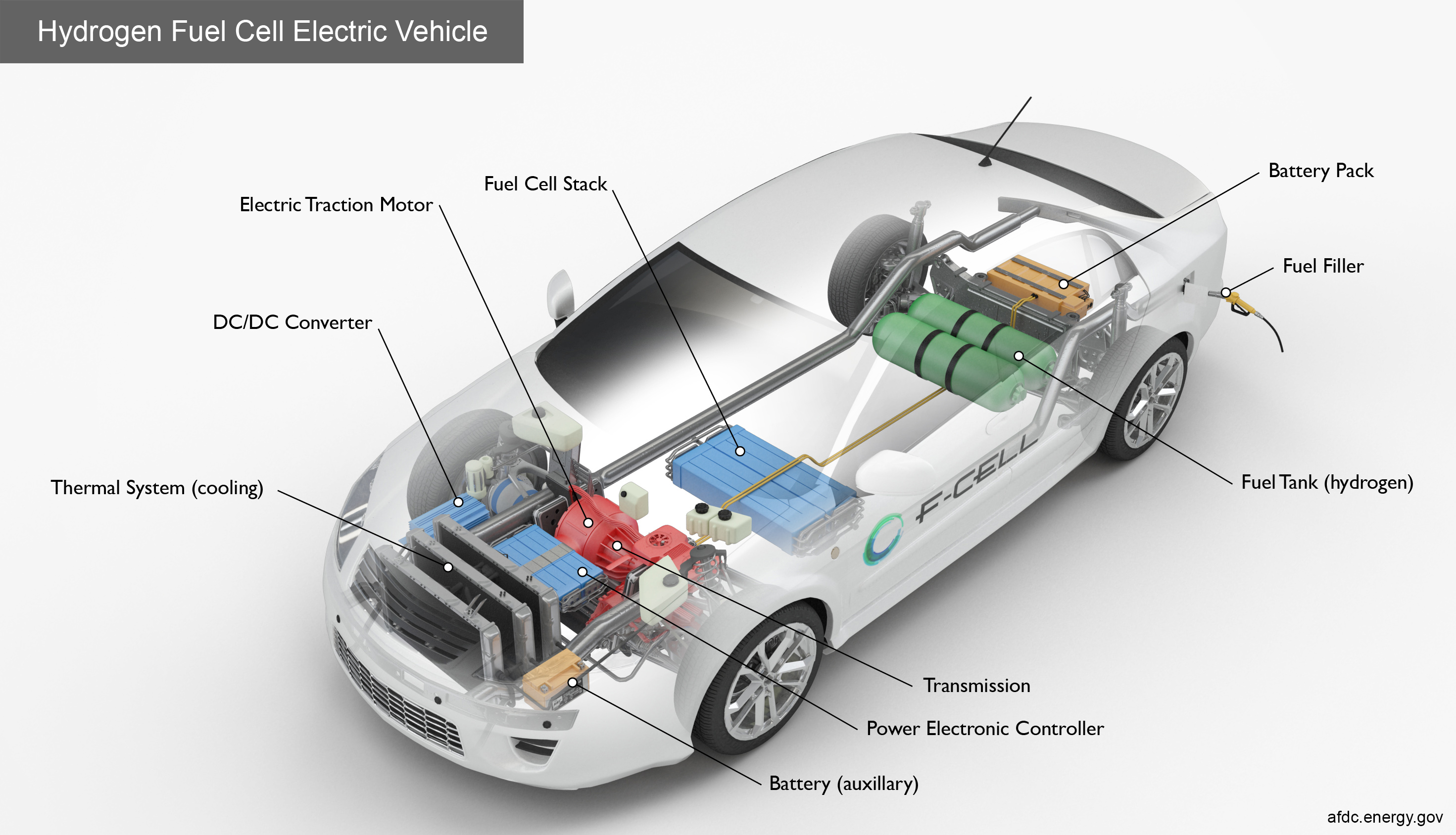
Today's stations can often only fuel two to five vehicles before they go offline for up to half an hour to repressurize.Īs HFCV drivers in the San Francisco Bay Area discovered in June 2019, the infrastructure for supplying hydrogen to retail outlets is very thin. MediaNews Group/Bay Area News via Getty Images Hydrogen Fueling Stationsįueling a hydrogen car comes naturally over time, but aligning the heavy nozzle and sealing it properly so the car and pump can communicate electronically can require some practice. No injuries or deaths specific to the hydrogen components have been recorded in the relatively small number of HFCVs sold to date. While hydrogen skeptics routinely cite the Hindenburg explosion of 1937, the hydrogen tanks and their hardware would likely survive even if the rest of the car were destroyed in a crash. HFCVs are widely considered as safe as any other car since the high-pressure tanks are designed to survive even the highest-speed crashes without leaking or breaching. The three hydrogen cars sold in recent years all have EPA-rated ranges of 300 miles or more, though, like EVs, that range falls substantially at higher speeds. It's there to supply supplemental power for short periods of intense acceleration, and it's recharged from either excess fuel-cell output when the car is cruising at a steady speed or via regenerative braking when the car slows. But that's not enough to accelerate onto a fast-moving highway, so Toyota (as do other HFCV makers) adds in a high-voltage low-capacity battery, very similar to those used in gasoline-electric hybrid vehicles. The fuel cell in the Toyota Mirai, the best-selling hydrogen car in the U.S., is rated at 90 kW (120 horsepower). But the power demands in the average car vary by an order of magnitude, from something like 15 kilowatts (20 horsepower) to keep a vehicle at a steady highway speed on a flat road to perhaps 10 or 20 times that amount for maximum acceleration to 60 mph or higher. That’s what makes them suitable for backup power use, for instance. The challenge for automotive engineers is that hydrogen fuel cells are happiest at a steady power output. All of them will be in California, the sole state with a network of retail hydrogen fueling stations to make the cars usable. By contrast, as of mid-2022, 15,000 or fewer hydrogen-powered vehicles can be found on U.S. To date, about 2.5 million EVs have been sold in the U.S. That's the hydrogen fuel-cell vehicle, related to an EV but with specific differences that make hydrogen cars different and much rarer. But there's another kind of zero-emission vehicle, one that emits only water vapor as it carries you down the road.

You've likely heard a lot about electric vehicles lately, as well as news about legislation to reduce carbon emissions from vehicles.



 0 kommentar(er)
0 kommentar(er)
